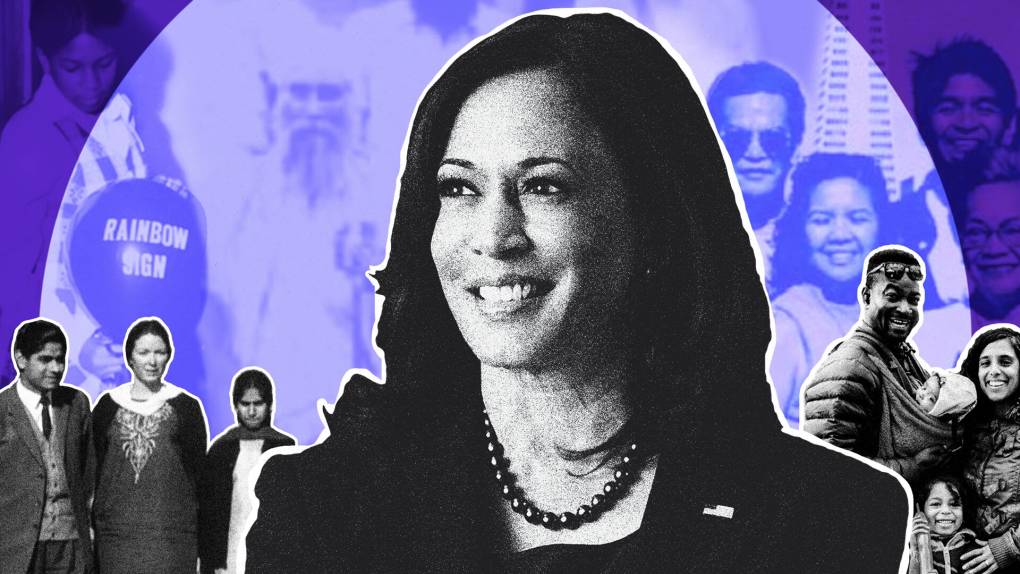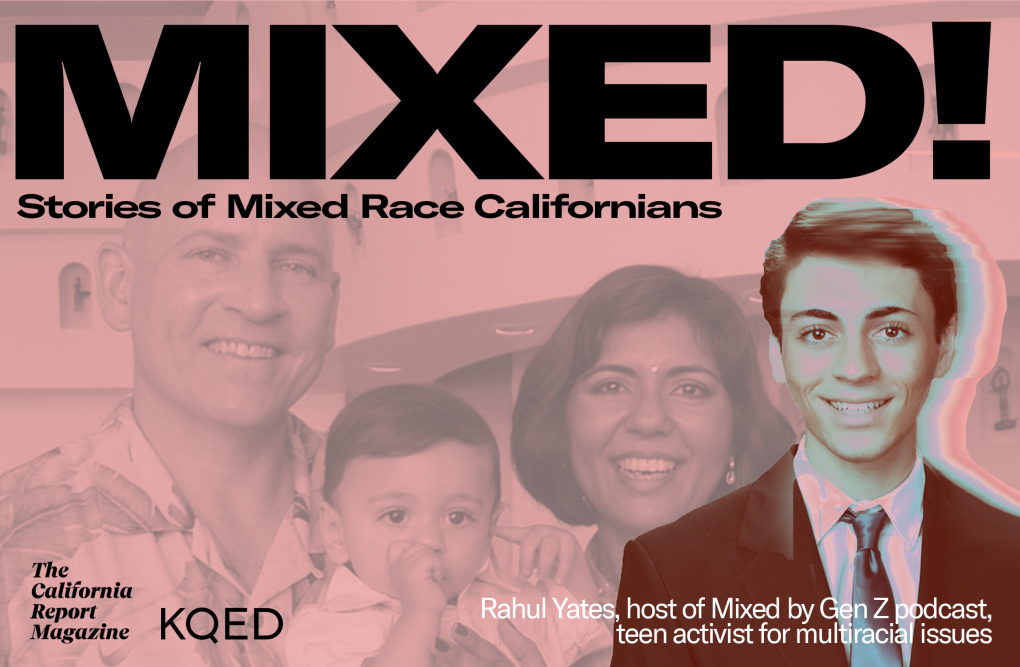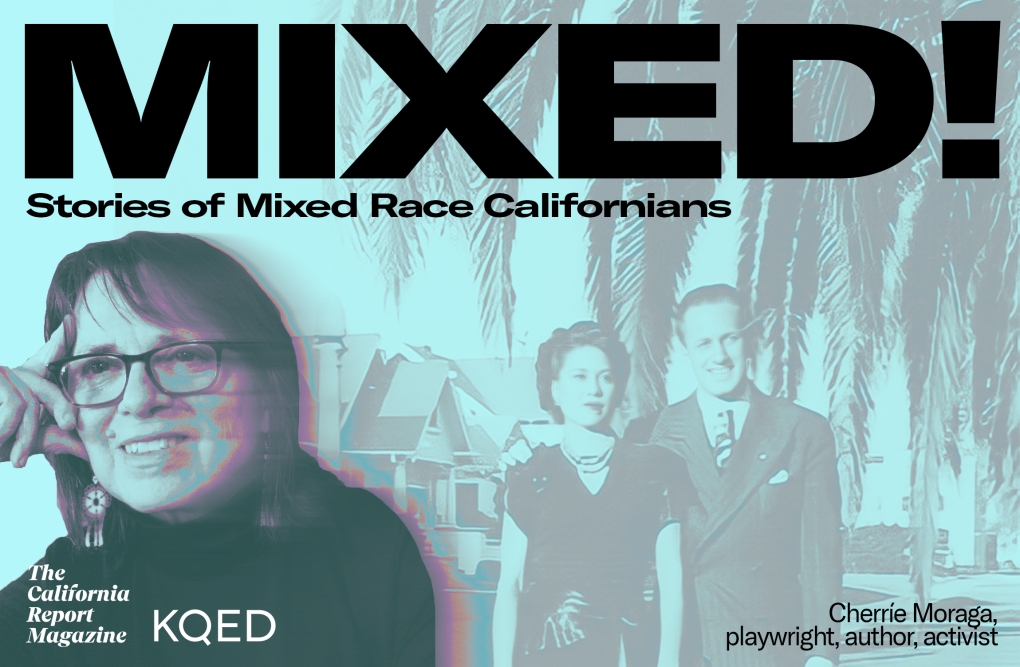'Jump Higher, Spin Faster': Olympic Figure Skater Tai Babilonia on Her Rise to Fame
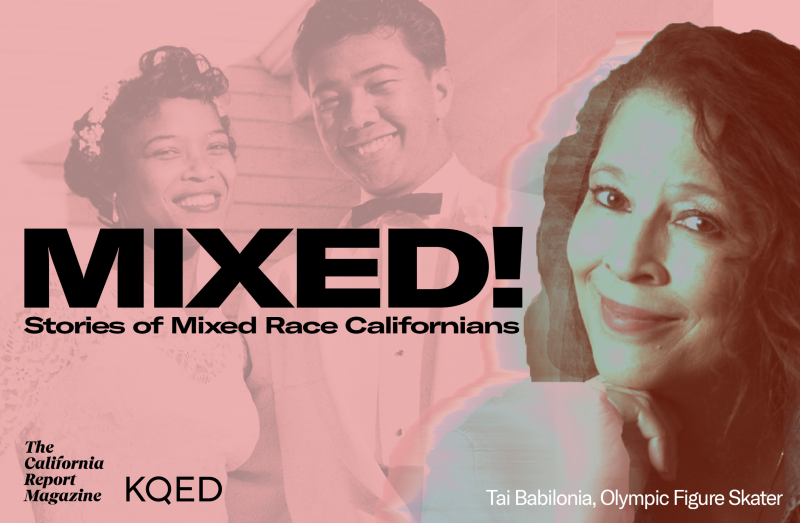
Olympic figure skater Tai Babilonia rose to fame as a child in the 1960s, breaking into the white world of figure skating with the help of famed coach Mabel Fairbanks, who herself was of Black and Seminole descent. Babilonia and her skating partner, Randy Gardner, rapidly ascended figure skating’s ranks to become World Champions in 1979. They were favorites at the 1980 Olympics, but an injury ended their dream of a medal. In the decades since, Babilonia has opened up about a lot of difficult experiences in her life, including the racism and exotification she faced as an athlete and public figure.
For the series “Mixed: Stories of Mixed-Race Californians,” hosts Sasha Khokha and Marisa Lagos spoke to Babilonia about growing up in a mixed-race family in the 1960s, and how she’s dedicated her career to creating pathways for younger figure skaters, especially skaters of color. Here are some excerpts from that conversation, edited for brevity and clarity. Listen to the full conversation by clicking the play button at the top of this page.
On growing up mixed race in Los Angeles in the 1960s and ’70s
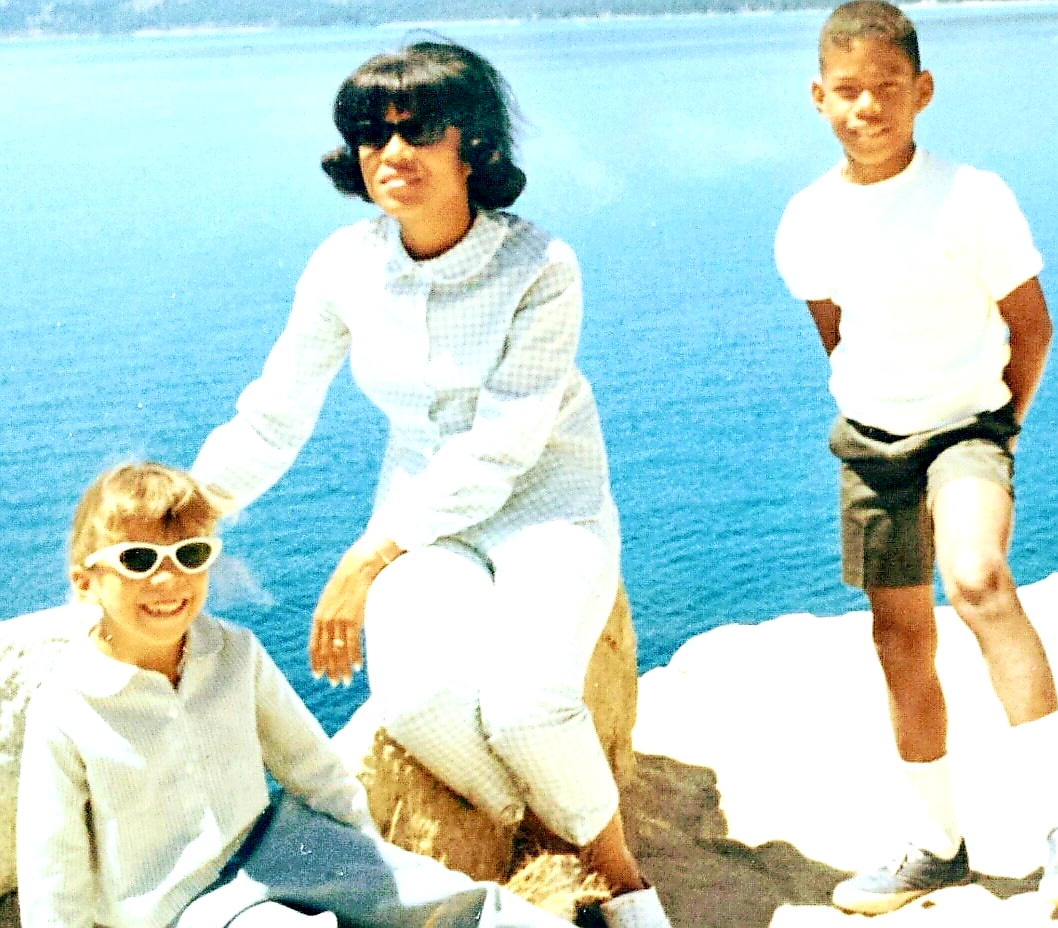
My father is Filipino and Hopi Indian, and my mom is Black. We lived in a great neighborhood. It was a rainbow color of different nationalities: Hispanic and Black kids and white kids and mixed kids. It was on a street called Sierra Bonita in Los Angeles.
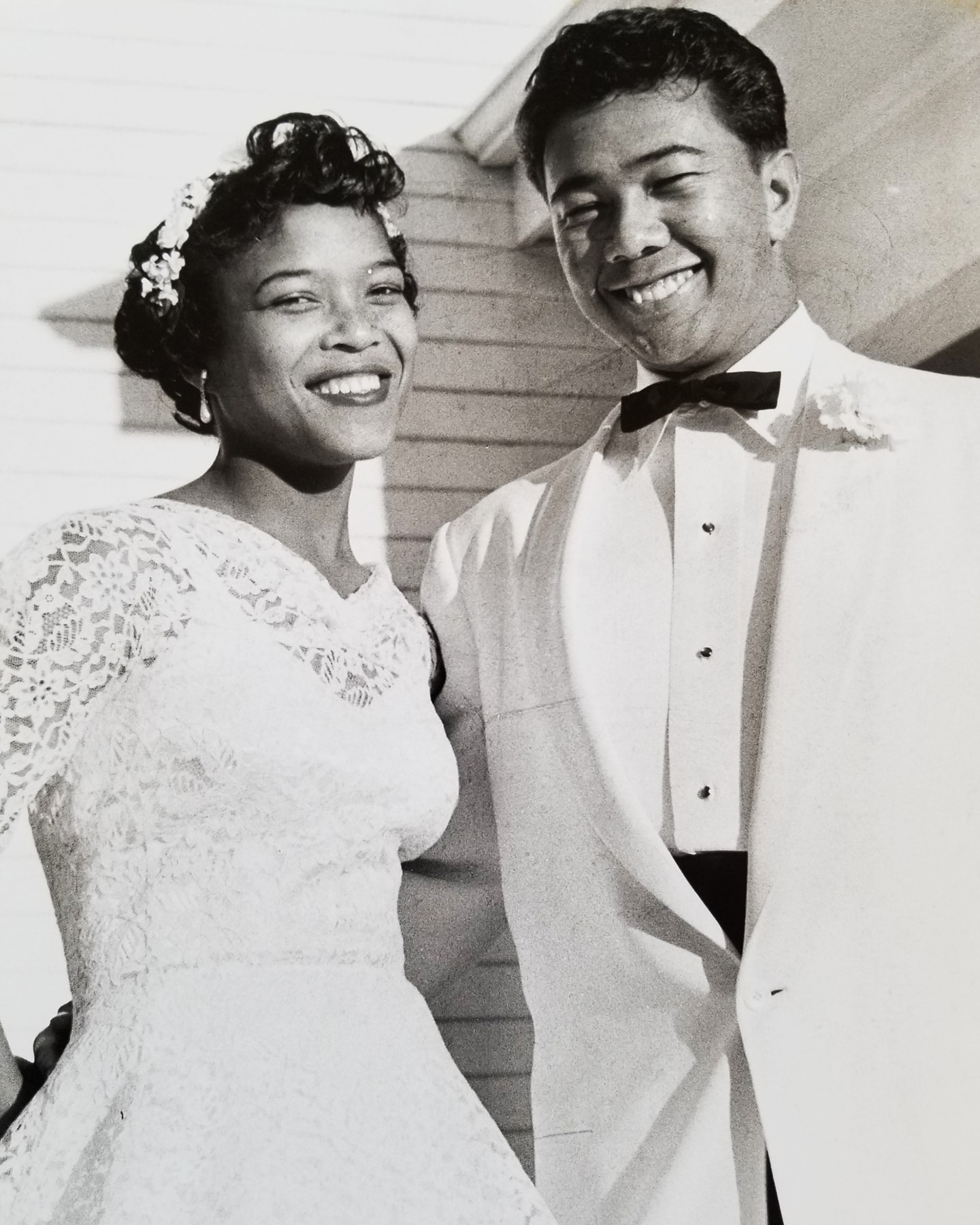
[When we moved to the San Fernando Valley], we did get the looks. I got the funny looks when I was with my mother. It was the outside world that couldn’t figure it out. They didn’t know what to think of us. They had never seen a multiracial family. It makes you tough. You learn, whether you know it or not, you’re starting to build that armor. And, I think, that [was] protection for the future, when it did get a little uncomfortable.
On training with Mabel Fairbanks

There’s a rink in Culver City. That’s where I started. I took [lessons] from Mabel Fairbanks. [She was a] pioneer, [the] first Black coach. She wasn’t allowed to compete or join a show. So, there’s no record of competitions or anything. But she fought and hustled just to make a living. She had to go abroad to make a name for herself and to pay the rent.
We were her kids, actually, because she didn’t have kids. [She] had a stable of students, all different nationalities, rich, poor, celebrities’ kids. We didn’t feel different. The one thing she did say, because we were all different shades of brown and beige and Black, [was] we must “jump higher, spin faster and sparkle brighter.” Huge lesson.
On competing at the highest levels
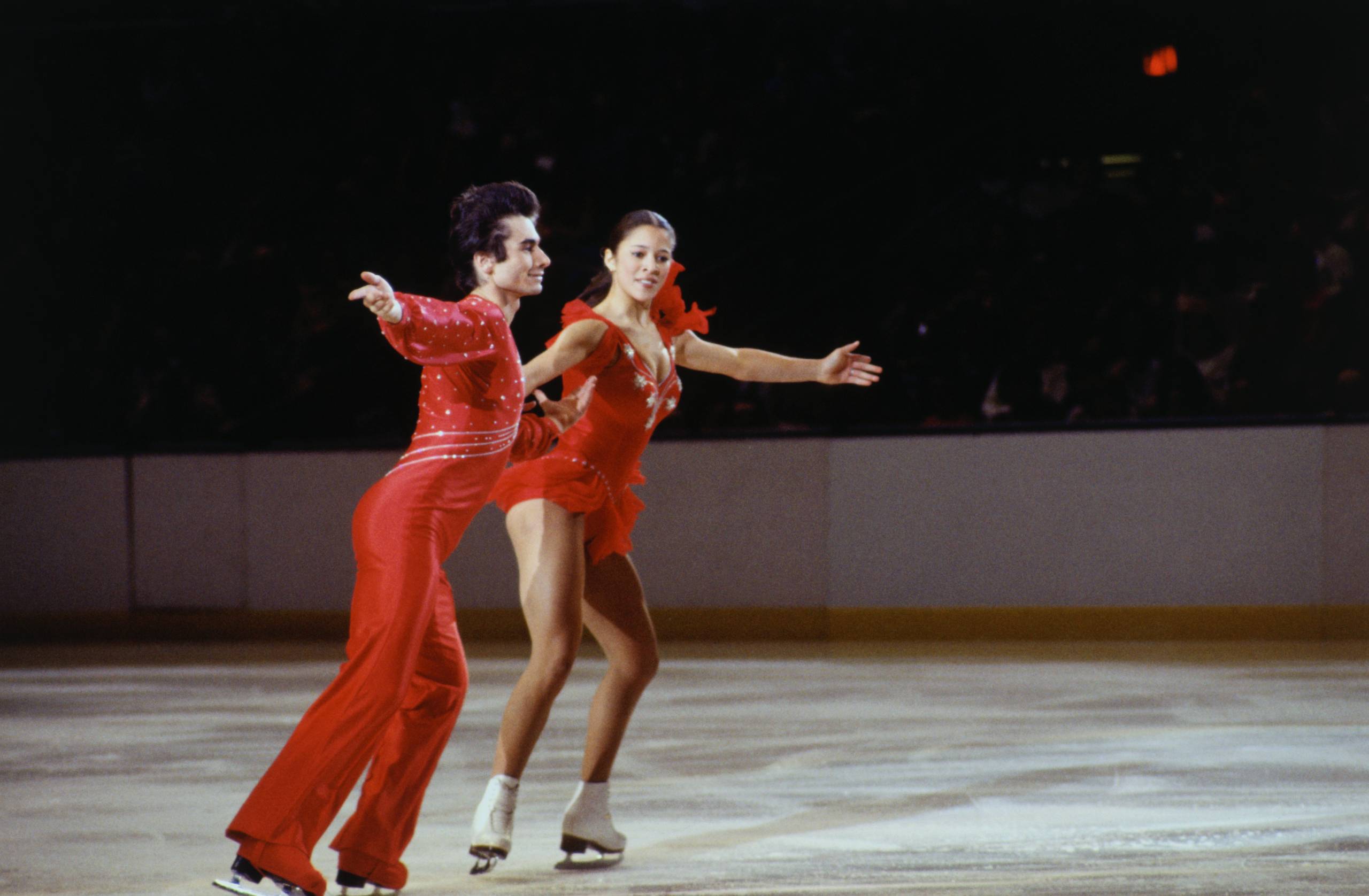
All of a sudden we’re on ABC Wide World of Sports and, you know, just the it pair team. These two kids, young teens from Los Angeles. We came out of nowhere. Our first nationals, I think I was 12, 1973, and it was white. [There were] maybe one or two other Black skaters. And, there’s my mom in a sea of white parents.
I was there to work and compete. Call [us] whatever you’re going to call us; put us in whatever category you want to put us in; I still have to go out and compete. And, you know, when you’re winning, it shuts people up. We were spinning faster and jumping higher and at the top of the podium.
Did I think about being a role model? Absolutely not. Absolutely not. Now, looking back, I understand that I was. You start getting letters from kids in schools. Letters [from] kids of color saying, “It was so nice to see someone who looks like me.”
On media coverage of her mixed-race identity
When I got into figure skating, questions would come up — [TV] networks not knowing what to call me. They didn’t know where to put me. And the word “exotic” always came up. Why couldn’t they just call me what I was? What stopped them from saying what my mother was and what my father was?
They put me in the box that they felt comfortable in identifying me with.
On talking with her son about his mixed-race heritage
Scout is white — his dad’s white and Jewish — and then there’s my side of the family. I just tell him, “Scout, embrace everything that you are. Learn to embrace it. Honor your parents.” I tried to plant that seed early on with him. Embrace it all.
On her work to diversify figure skating
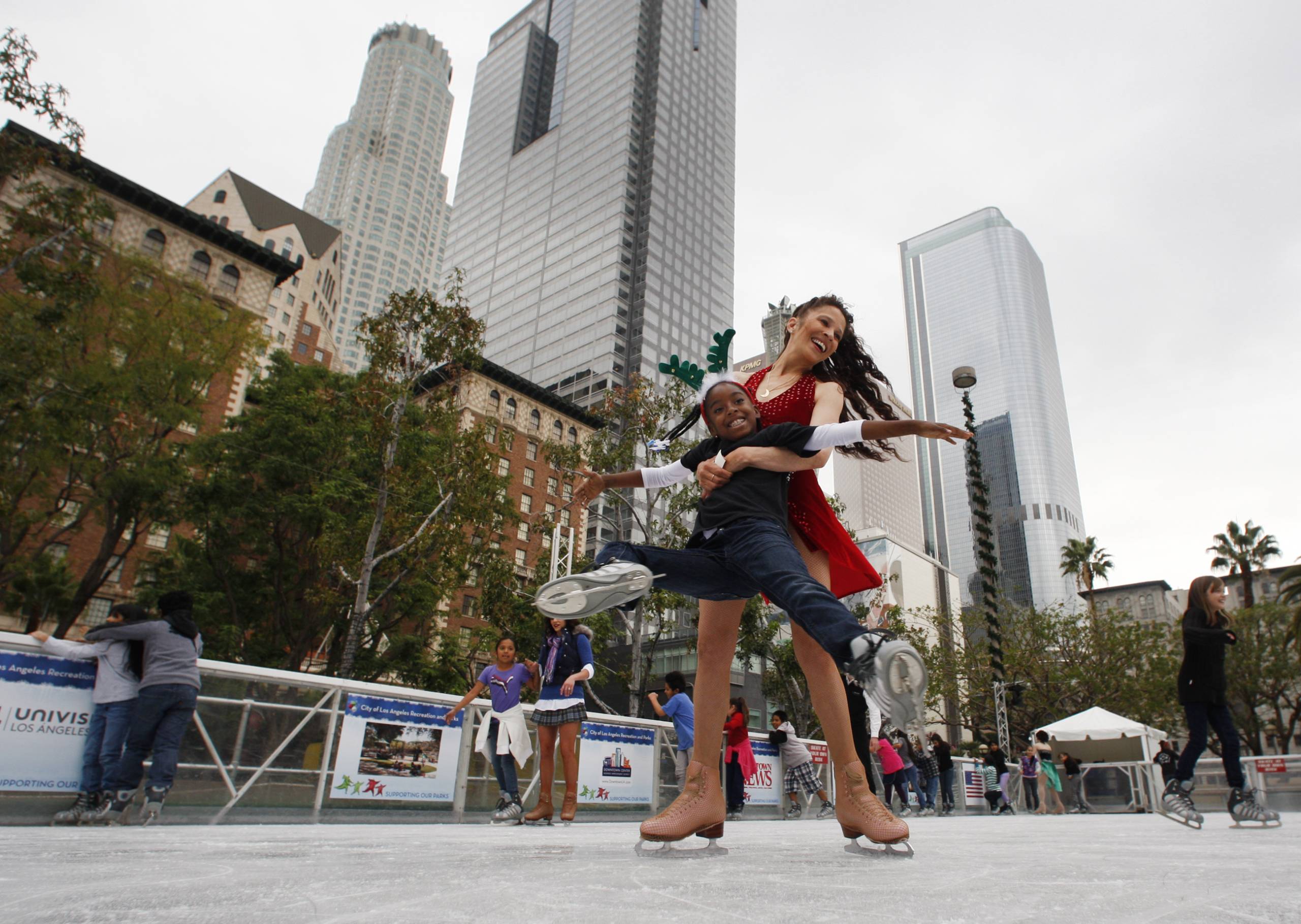
It feels like skating is playing catch-up with everything. Back in the ’70s, there were a handful of Black skaters. There’s less now. That’s a problem. There’s so much work to do.
It’s getting the right people of color in the higher places like with U.S. figure skating. Why aren’t more people on staff of color? It’s still very white. I’m starting to see little changes. But we have to push.
